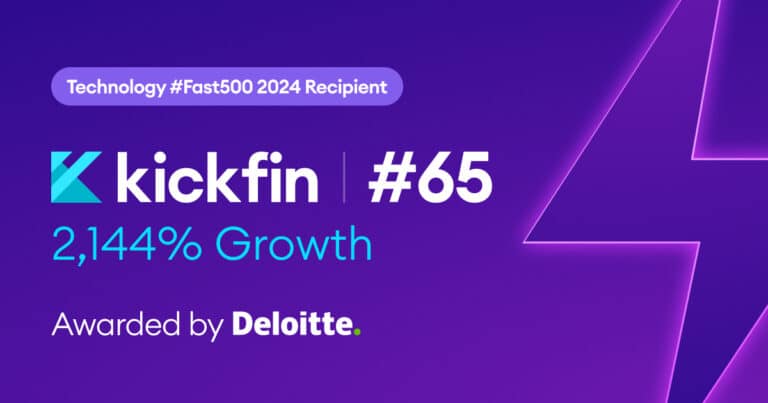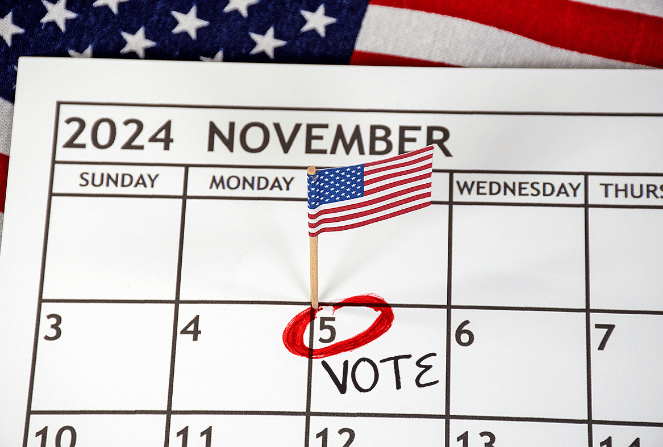Ask any seasoned restaurateur, and they’ll tell you the same story: Restaurant theft is a problem in the hospitality industry.
The nature of the restaurant business — and all-too-common messy accounting practices — open many restaurants up to everything from inventory theft to skimming to full-blown embezzlement. It’s not uncommon for restaurant theft to go unnoticed for days, weeks or even years — which can have a major impact on your bottom line.
While “inside jobs” account for a lot of the issues, you can’t assume that every employee is out to get you. (Of course, it’s never a bad idea to revisit and refine your hiring practices.)
But you should safeguards and policies in place to protect your business and your people from restaurant theft. Here’s what you need to know.
A rundown of restaurant theft statistics you should know
The best defense against any type of fraud is data. Here’s what you need to know about restaurant theft:
- 75% of employees have fessed up to stealing from their employer — and up to 30% of business failures may be due to this kind of employee-based fraud. (U.S. Chamber of Commerce)
- Restaurant theft causes up to $6 billion in lost revenue for restaurants annually. (Forbes)
- Theft accounts for up to 4% of food costs (National Restaurant Association)
- 95% of all businesses suffer from theft in the workplace (California Restaurant Association)
- 75% of inventory shortages happen because of restaurant theft (National Restaurant Association)
- The average employee steals 4.5 hours of work each week from their employer. (Connecteam)
- 80% of white-collar theft occurs at companies with fewer than 150 employees, and 50% occurs at companies with 25 or less. (Hiscox)
Who steals from restaurants: 5 different types of restaurant theft
Restaurant theft takes several different forms — not just making off with cash from the safe in the middle of the night. You may also experience:
- Food and inventory theft: This could be as innocuous as snacking or drinking outside family meals, taking leftover food home or delivering “free” meals to friends or family stopping into the restaurant. But it could be much more serious, like swiping supplies off of delivery trucks.
- Point-of-sale (POS) theft: This kind of theft is much more serious, from taking cash out of the register to inflating tips, or improperly ringing up items and pocketing the difference.
- Accounting fraud: This can be a lot harder to spot, especially since you may have outsourced your accounting to a bookkeeper. This looks like underreporting earnings, skimming cash, setting up fake accounts, or manipulating the books in some way — and if caught, can lead to jail time for embezzlement.
- Intellectual property theft: You’ve likely spent years fine-tuning your recipes and cultivating just the right ingredients or processes. If you have staff that work in multiple restaurants — or a chef that leaves to start their own thing — you may find eerily similar recipes or techniques popping up at other spots in your neighborhood.
- Time theft: This is common for any kind of clock-in system, and can often happen just by accident if an employee forgets to punch out. This looks like taking unscheduled breaks, arriving late or leaving early, “buddy punching” (when a coworker punches in for you, to cover), or doing some generous rounding on time sheets.
How to prevent theft in your restaurant
The good news? You can prevent restaurant employee theft by putting safeguards and policies in place, including investing in the right kind of technology:
Pay your employees well and on time
Don’t be that boss.
One other type of theft we haven’t talked about is wage theft — when employers hold out wages, or don’t pay their workers in full — and it’s increasingly common. In fact, 34% of workers reported an increase in wage theft since 2020. Viral stories like this waitress who only received one cent for six weeks of work illustrate the gap in trust between employees and employers.
The best way to prevent theft is to make sure that your employees feel like they’re being treated fairly, and that means paying them well, on-time, and including benefits like transportation stipends, health insurance, or paid time off.
State expectations and policies up front to employees
A lot of restaurant theft isn’t actually done with malicious intent — things like comping meals, snacking, or taking breaks are rarely done in an effort to hurt the restaurant — but they do add up. Make sure when you’re training your employees that you include a session on expectations with employee policies like this, so that everyone is on the same page (and so if they do violate the rules, you’ve at least warned them once.)
Build an open, fulfilling work environment
Creating an open, accountable working environment is the biggest way to prevent employee theft. You may still have a bad actor in your midst, but if your team trusts one another, it’s much more likely that you’ll hear about it. Instead of wondering where that extra cash went, you’ll be able to address the deeper, underlying issues if someone does engage in restaurant theft (for example, it could ironically be the only way for them to put food on the table — restaurant workers are twice as likely to experience food insecurity compared to the rest of the population.)
For your part, don’t assume that your employees will automatically steal from you. The more trust and empowerment you give them, the more likely they’ll respond positively.
Use technology to your advantage
It’s a lot easier to cook the books if there isn’t an AI humming in the background, looking for fraud patterns. Installing accounting software can alert you to potential mistakes (or worse, embezzlement) while a POS system can help keep receipts, cash-outs, and payments on track.
Back-of-house, inventory management systems can check what goes in and what goes out, and there’s nothing wrong with installing an old-fashioned security camera at key points in the restaurant, like above the register, at the delivery dock, and upstairs in the offices.
If you’ve already experienced this problem, it may also be worth investing in a more rigorous background check for your employees. If someone is lying on their resume, hiding a previous conviction or employee fraud incident, or otherwise untruthful, you don’t want them serving your customers anyway.
Reduce cash on premises
One easy way to help with theft is to simply reduce the amount of cash you keep on premises by using software like Kickfin. We help keep businesses safe by minimizing cash touchpoints, increasing visibility into tip payments and tracking, and eliminating the need for managers to make bank runs late at night — keeping your employees safe from theft, too.




